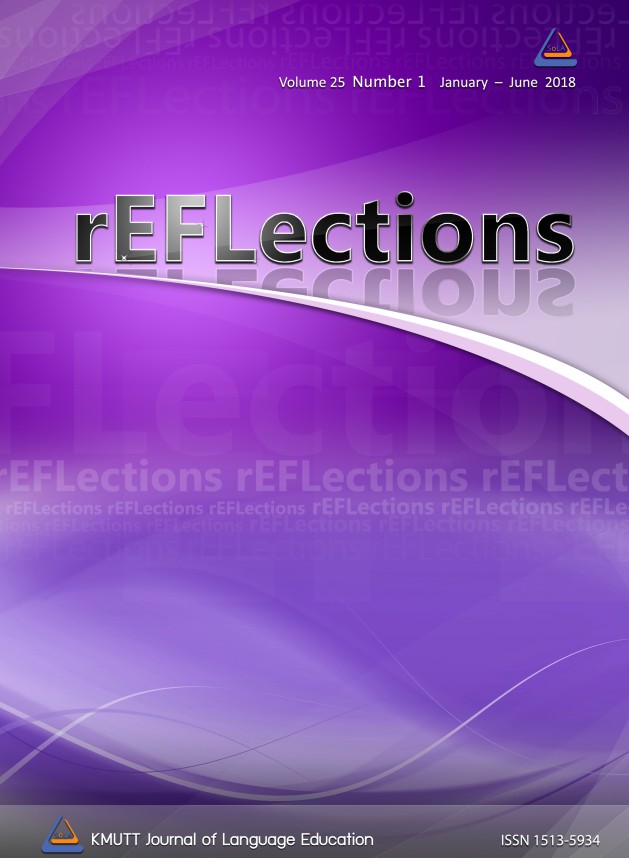The Roles of Visual Design in Tablet Games for Children’s EFL Learning: A Social Semiotic Perspective
Main Article Content
Abstract
The 21st century marks the digital era which is characterised by advanced technology and witnesses the increasing use of visual design in the realm of education. Despite various studies addressing the roles of visual design, there is still limited understanding of its roles in electronic educational materials, especially for language learning and teaching. Adopting a social semiotic perspective, this study combines Halliday’s (1994) systemic functional grammar with Kress and Van Leeuwen’s frameworks (Kress & Van Leeuwen, 2001, 2006; Van Leeuwen, 2005 for analyzing visual design of the game section in the Grade 2 EFL app (seven games in total) in the Thai government’s One Tablet Per Child (OTPC) project. In particular, it investigates how visuals in the game section of the Grade 2 EFL tablet app are used in support of language learning through three aspects: ideational/representational (analyzing narrative or conceptual processes), interpersonal/interactive (analyzing engagement through the use of images), and textual/compositional (analyzing compositional meanings). The findings shed light on various pedagogical implications for teachers and learning material designers in terms of the roles of visual design in children’s language learning.

